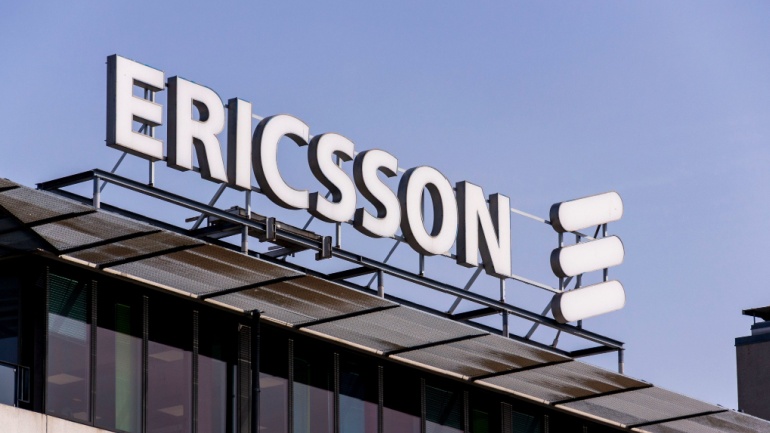As 5G networks grow, they face substantial challenges with power consumption and carbon emissions. By 2030, if unchecked, mobile networks might consume up to 5% of global electricity, with base stations contributing 80% of this. These figures highlight an urgent need for energy-efficient solutions.
Efforts from Open Networking Foundation/Aether Project, Rutgers University WINLAB, and collaboration with Keysight Technologies have yielded promising research in O-RAN energy efficiency. Their focus is the O-RAN Radio Unit (O-RU), a crucial power-consuming component in networks.
In this research, the POET (Platform for O-RAN Energy Efficiency Testing) testbed plays a vital role. It offers precise energy consumption measurements and fills a gap in existing literature on energy efficiency metrics. Through multi-vendor tests, researchers evaluated various commercial O-RUs. Scenarios ranged from low-power units for small cells, medium-power units for urban areas, to high-power units for macro cells.
One key finding is the excessive idle power consumption, especially in low-power scenarios. This challenges traditional energy-saving approaches like lowering transmission power during low traffic. New strategies are needed to address this opportunity for reducing energy use. Power amplifiers also present issues. They dominate energy consumption especially at high RF levels, but operate less efficiently at low levels. Thus, understanding power utilization is key to optimizing networks.
Significantly, energy efficiency differs widely among O-RUs, and managing load effectively impacts consumption. Interestingly, the research suggests MIMO configurations are energy-efficient given the capacity gains despite small power increases. The research also produced a validated power model that breaks down O-RU consumption into static, idle, and dynamic power components. This tool helps predict power use across scenarios, crucial for energy-saving strategies.
Looking forward, the research aims to extend its findings to real-world conditions at the NTIA-funded ORCID Lab, considering commercial O-DUs with multi-band O-RUs. Machine learning could play a part in optimizing real-time energy use.
The findings underscore the necessity of improving hardware efficiency, smarter power management, refined load balancing, and standardized metrics in mobile networks. These advancements are required for Industry 4.0’s economic, environmental, and planning considerations.
The telecommunications industry stands at a pivotal point with rising data demands and environmental and economic pressures. This research spearheads energy-efficient O-RAN developments, offering insights that help maintain service quality while cutting energy use. As the sector continues exploring what’s technologically possible, these efforts ensure advancements remain effective and sustainable.







